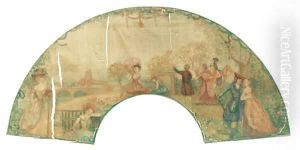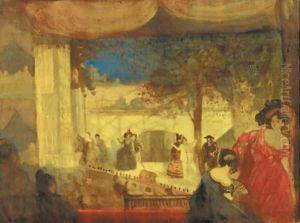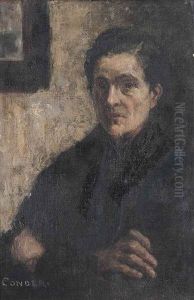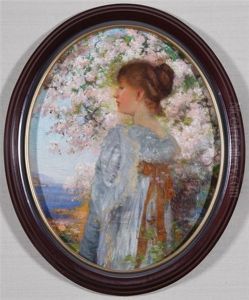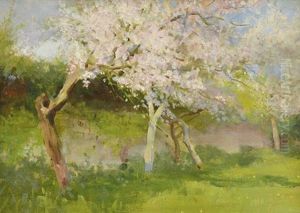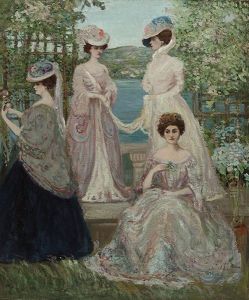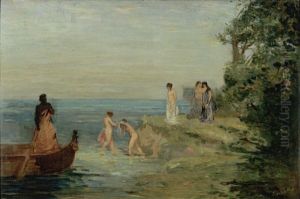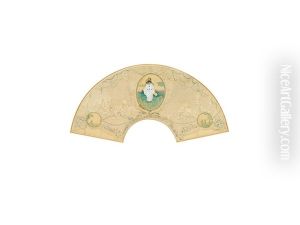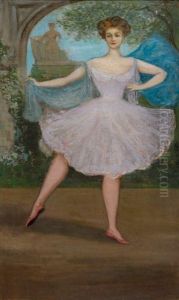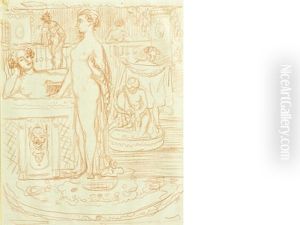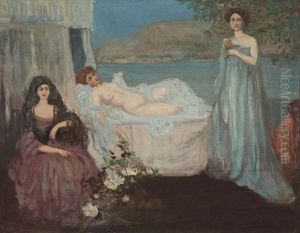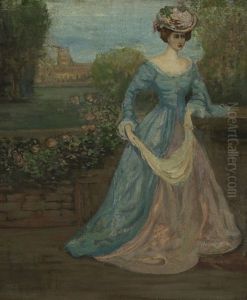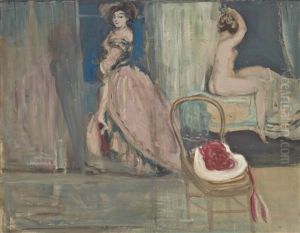Charles Conder Paintings
Charles Edward Conder was a British-born painter, lithographer, and designer, known for his contributions to the Heidelberg School of Australian impressionists and his influence on the art nouveau movement. Born in London, England, on October 24, 1868, Conder's early life was marked by international moves due to his father's work in the Indian civil service, which brought the family to India and later to Australia in 1884 when Conder was 16. His artistic journey began in Sydney, where he worked as a lithographer and took evening art classes.
Conder's talent quickly evolved, and by 1888, he had moved to Melbourne, where he became integral to the Heidelberg School, a movement that sought to capture the Australian landscape and light in a distinctive, impressionistic style. Alongside artists like Tom Roberts and Arthur Streeton, Conder helped to define a uniquely Australian art form, contributing works that were notable for their vibrant color and light. His most celebrated Australian work, 'Holiday at Mentone' (1888), showcases his skill in capturing the luminosity and leisure of Australian life.
In 1890, Conder left Australia for Europe, settling in Paris, where he immersed himself in the Symbolist movement and the bohemian lifestyle of the city. His work from this period reflects a shift towards more decorative and ethereal subjects, often focusing on themes of leisure and femininity. Conder's paintings and silk designs from his European period are characterized by their elegance, whimsical charm, and the use of sinuous lines, which would later influence the Art Nouveau movement.
Despite his artistic success, Conder's personal life was fraught with difficulties, including health issues and a tumultuous love life. His health declined in the early 1900s, attributed to syphilis, and he spent his final years battling the disease's effects. Charles Conder died on February 9, 1909, in Virginia Water, Surrey, England, at the age of 40. Today, Conder's work is celebrated for its contribution to both Australian Impressionism and European Symbolism, reflecting a bridge between the two continents' artistic movements and a unique blend of vibrancy, light, and decorative elegance.



